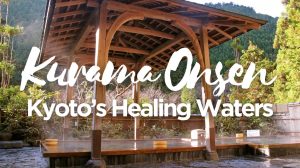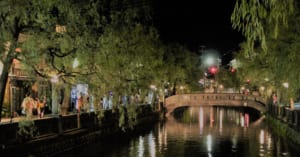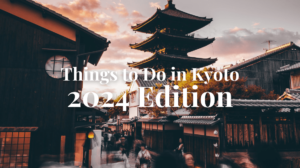Best Sento in Kyoto
Where to Enjoy Kyoto’s Public Bath Culture: Top 10 Picks
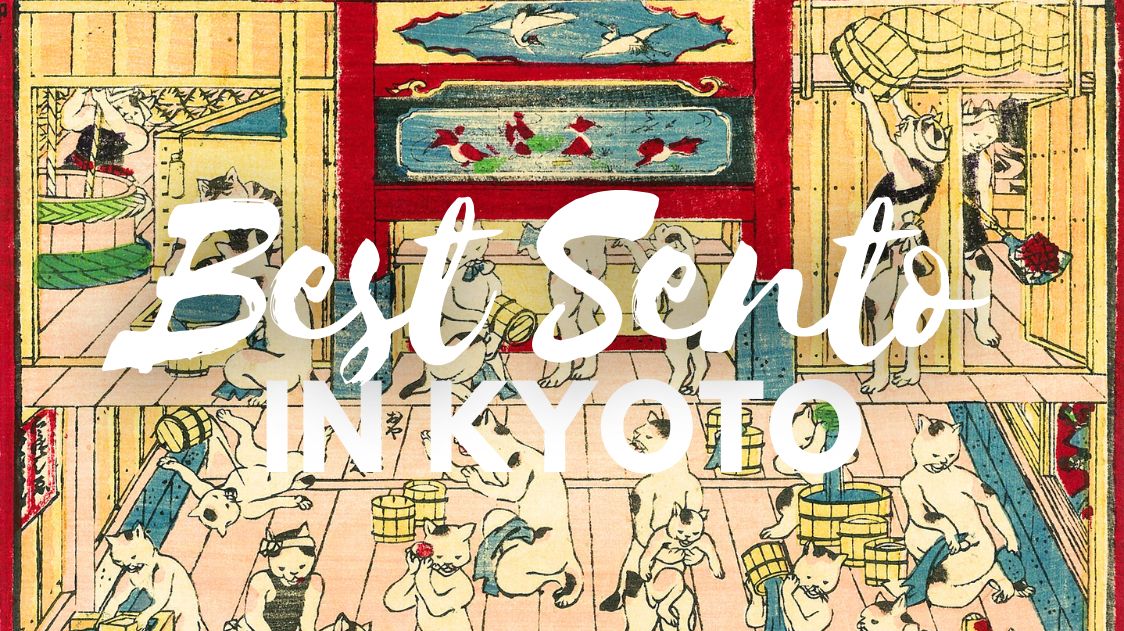
Kyoto’s sento culture is a reflection of Japan’s commitment to community and tradition. Public baths, or sento, have long been a cornerstone of neighborhood life, offering locals a chance to relax, socialize, and unwind in beautifully crafted spaces. In a city like Kyoto, known for its rich history and meticulous attention to aesthetics, sento often feature intricate designs, from hand-painted murals to traditional wooden structures. While onsen, or natural hot springs, might grab headlines, sento hold a special place in the hearts of urban residents, providing an accessible and affordable retreat from daily life.
In recent years, community-led initiatives have helped preserve these cultural gems. With many sento facing closure due to declining patronage, local groups and owners have stepped in to modernize facilities while retaining their nostalgic charm. Kyoto’s sento scene remains vibrant, showcasing how tradition and contemporary needs can coexist beautifully in Japan’s former capital.
1. Sauna no Umeyu
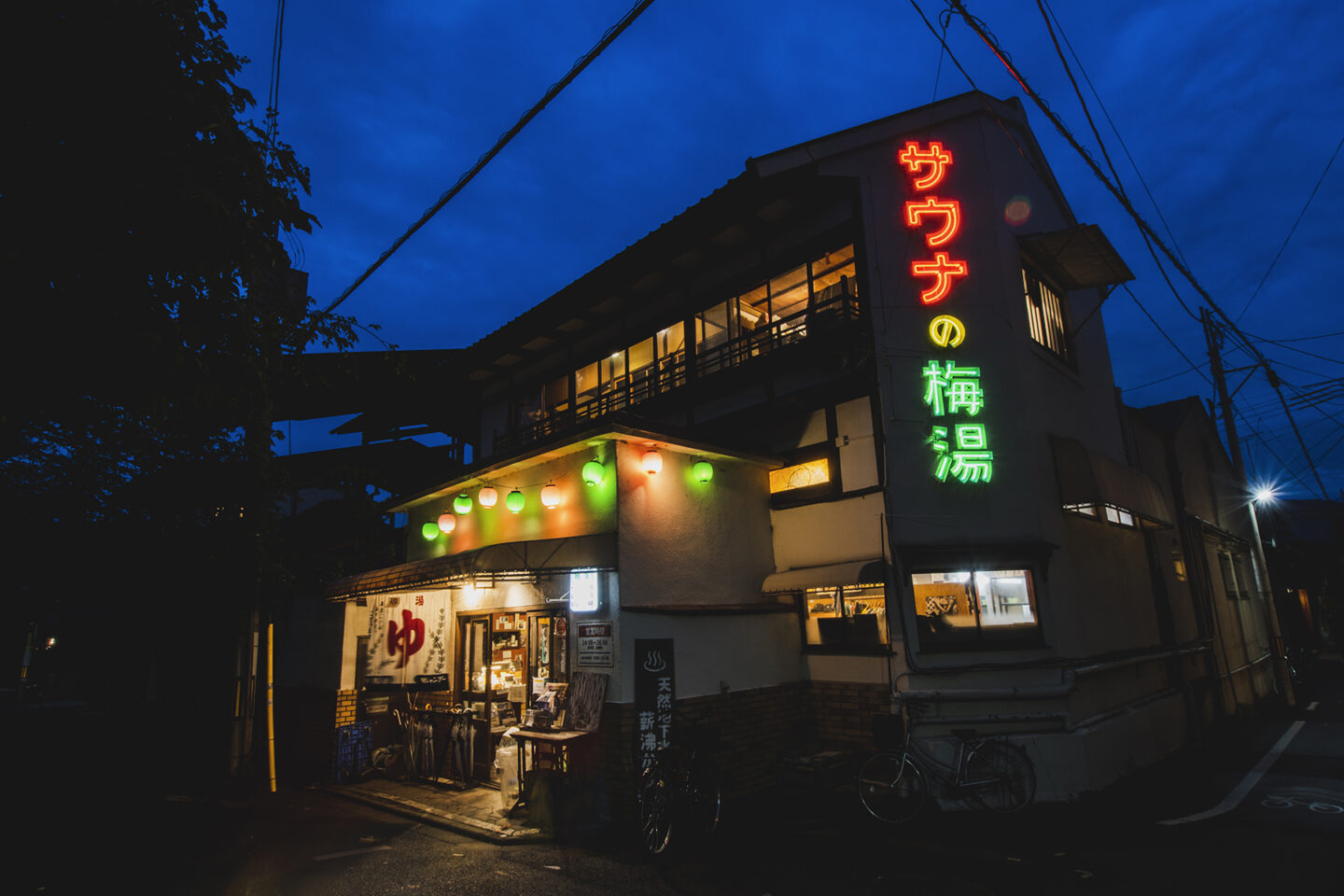
A staple among Kyoto’s sento enthusiasts, Sauna no Umeyu (サウナの梅湯) is a quirky yet welcoming spot that perfectly balances the old and the new. Located in a historic building, this sento has become a hub for locals and travelers seeking more than just a bath. The interior is a mix of retro charm and creative expression, with an emphasis on community. Notably, the sento doubles as an event space, hosting everything from live music to art installations, making it a cultural hotspot as much as a place for relaxation.
The bathing facilities include a sauna, a deep bath, and a cold-water bath for contrast bathing enthusiasts. The atmosphere is casual and inclusive, often attracting an eclectic mix of visitors. This sento was the first renovation project for Yutanomisha, a company dedicated to the revival and management of historical Sento that face the risk of foreclosure. They did it in a way that Sauna no Umeyu’s unique character stands out, offering a truly Kyoto experience that’s both relaxing and unconventional.
Map
Official Website
https://yutonamisha.com/sento/umeyu/
2. Funaoka Onsen Sento

Funaoka Onsen (船岡温泉銭湯) is a living piece of Kyoto’s history. Designated as a Tangible Cultural Property, its architecture showcases the elegant Karahafu roof style, reminiscent of ancient temples. This sento has been a community fixture for decades, providing a space for relaxation and connection.
Inside, visitors are treated to an impressive variety of baths, including a medicinal bath, an extra-hot deep bath, and one of Japan’s earliest denkiburo (electric baths). Outdoors, the cypress and stone baths offer a serene retreat, while the foam bath provides a more modern touch. Once an entertainment venue, Funaoka Onsen retains an atmosphere of celebration and comfort, with its fusion of history and innovation.
Map
Official Website
http://funaokaonsen.net/index.html
3. Kamogawayu

Kamogawayu (鴨川湯) is a quintessential neighborhood sento that radiates a nostalgic charm. Stepping into its retro-style bathhouse feels like stepping back in time. The changing area features traditional yanagi-gori wicker baskets, which have become rare due to the dwindling number of skilled artisans. Kamogawayu’s real highlight, however, is its stunning collection of vintage tiles, preserved and repaired over the years. As you soak, you can admire these artistic touches, which add a delightful visual element to your bath.
This sento also features a deep bath for a full-body stretch and a sauna where retro melodies play softly in the background. Kamogawayu is another heritage site rescued and managed by Yutonamisha, offering a tranquil space for locals to unwind and rejuvenate while preserving a slice of bathhouse history.
Map
Official Website
https://yutonamisha.com/sento/kamogawayu/
4. Minamotoyu
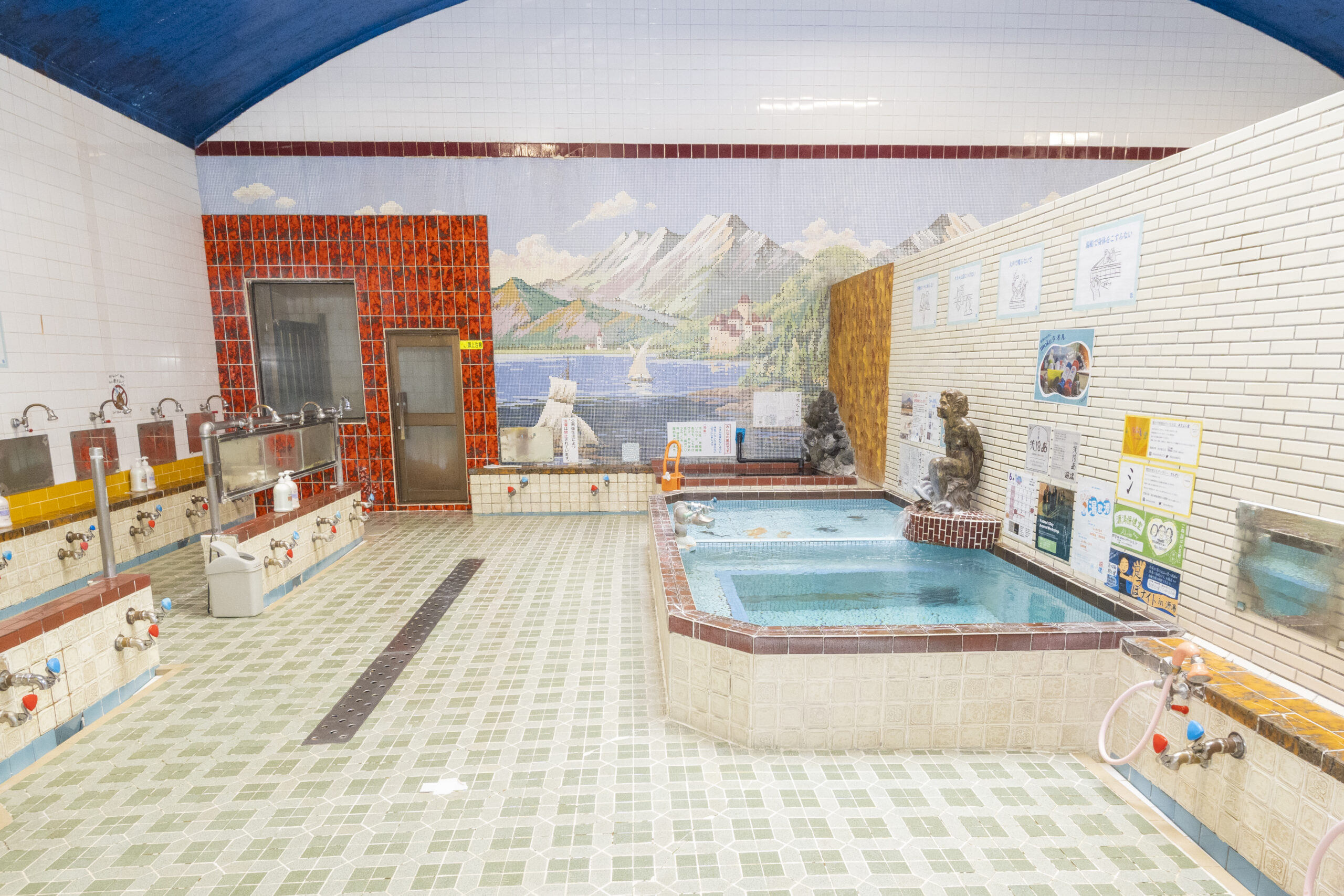
Minamotoyu (源湯) is a hidden gem tucked away in Kyoto’s quiet streets, embodying the spirit of a traditional Japanese sento while welcoming visitors with a warm and laid-back atmosphere. Stepping into Minamotoyu feels like entering a timeless sanctuary where the noise of modern life fades away. The bathhouse is simple yet thoughtfully maintained, offering clean and spacious facilities that cater to both long-time locals and curious travelers.
The baths here are known for their clean, soothing waters, making it an ideal place to relax after a day of exploring Kyoto. Minamotoyu’s unpretentious charm lies in its ability to create a space where people of all walks of life can unwind together, enjoying the therapeutic benefits of the baths in a peaceful setting. Its unique character contributed to it being the third sento managed by Yutanomisha in Kyoto.
Map
Official Website
https://yutonamisha.com/sento/minamotoyu/
5. Hatsuneyu
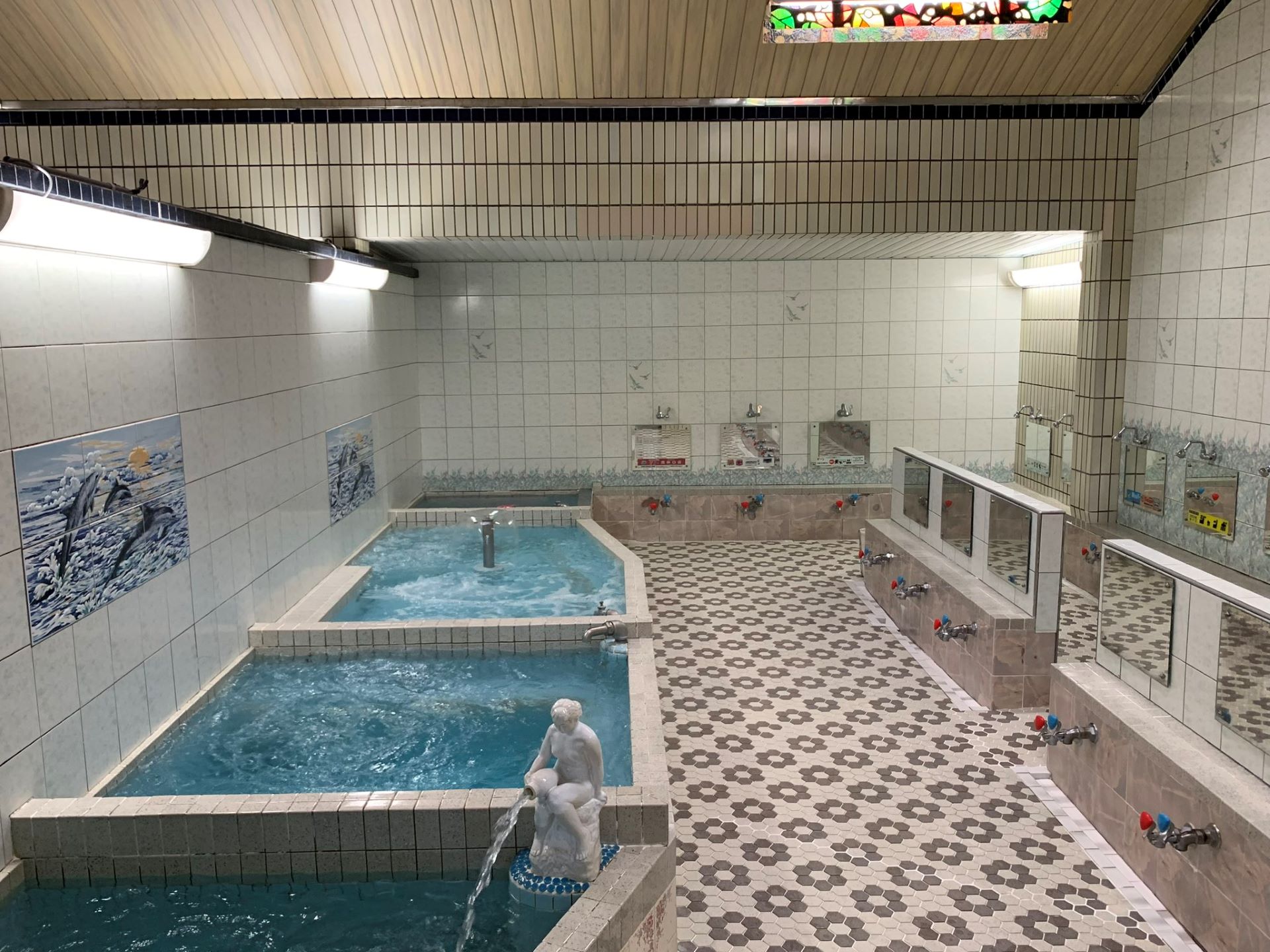
Hatsuneyu (初音湯) is located near the Kyoto Imperial Palace, and uses natural water sourced from underground springs flowing through the area. The mineral-rich water, once thought to have served Kyoto’s nobility, is one of the highlights of the experience.
Inside, details like tōkago (wicker baskets) in the changing area speak to its retro roots, while modern features like a glass-front sauna room add a touch of convenience. The transparency allows you to check the sauna’s crowd levels at a glance. Hatsuneyu’s atmosphere is both relaxed and welcoming, reflecting its dedication to preserving tradition while adapting to contemporary needs.
Map
Official Website
6. Tamanoyu
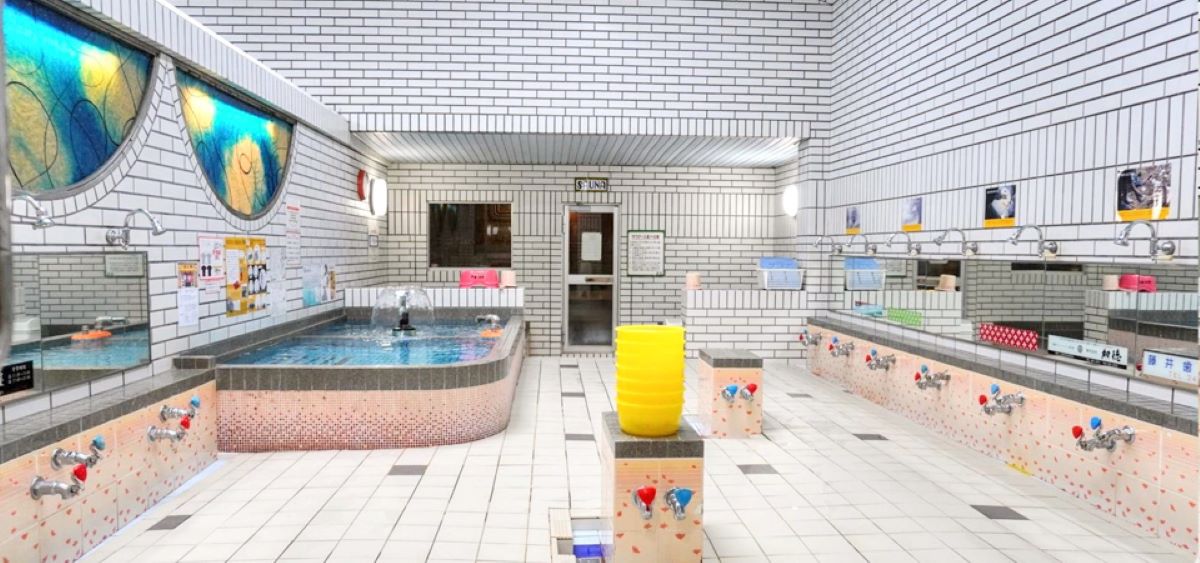
Tamanoyu (玉の湯), established in 1949 during the Showa Period, is a bathhouse with a unique artistic flair. The men’s bath features a stunning mosaic mural of Japanese landscapes, while the women’s bath showcases serene Swiss fields. Smaller details, like iris and goldfish tiles, add a whimsical touch to the facility, making each visit a visual delight.
Beyond its artistic appeal, Tamanoyu is renowned for its variety of baths, including cold baths, herbal baths, jet baths, and a sauna. The water is sourced from a natural spring, believed to be beneficial for those with allergies. In the changing rooms, you’ll even find an old-school “Columns” arcade game, still in working order, which adds a playful sense of nostalgia to the experience. Tamanoyu combines artistic charm and functional bathing options, offering visitors a chance to relax, heal, and enjoy a touch of Kyoto’s retro bathhouse culture.
Map
Official Website
7. Hakusanyu Takatsuji
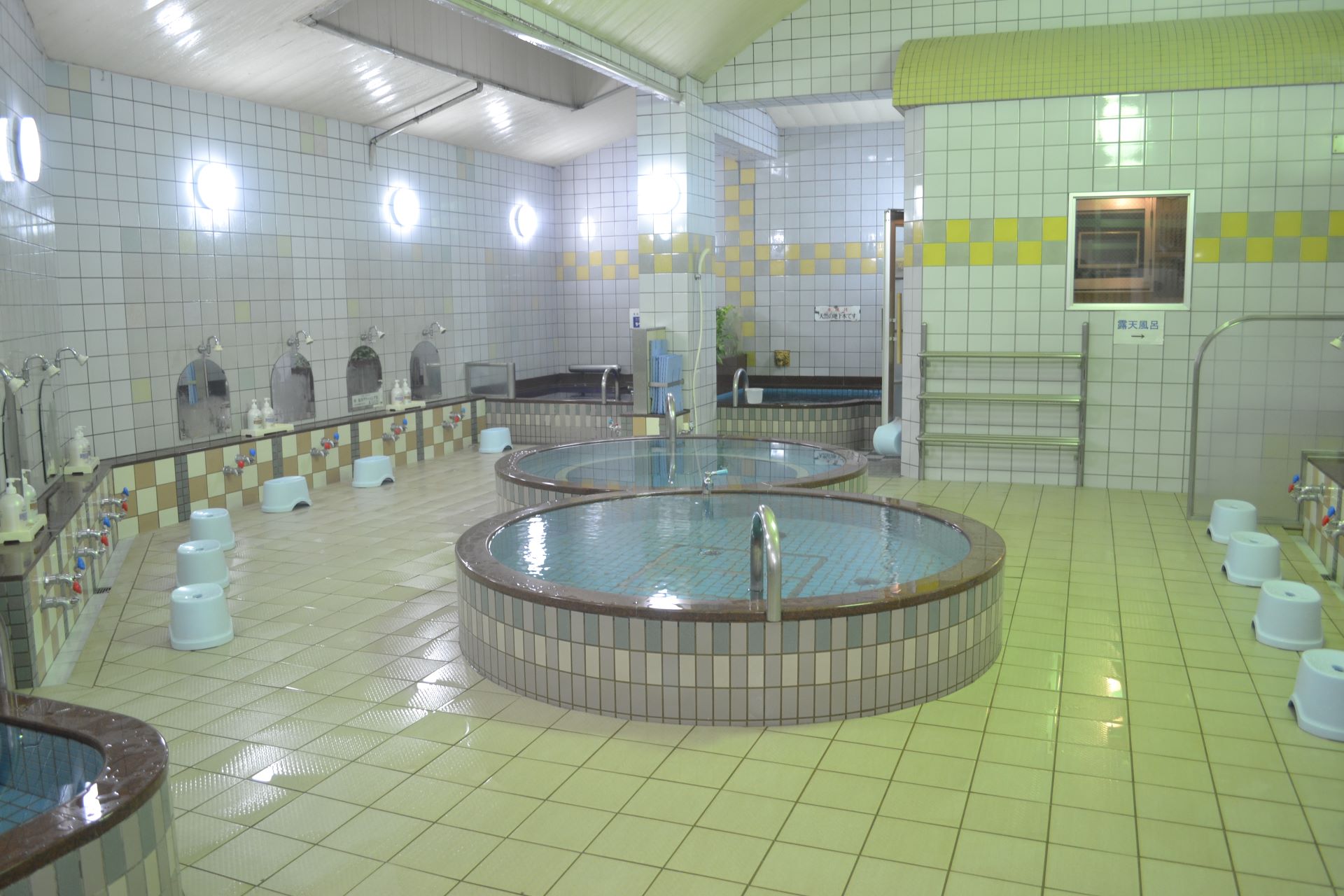
Hakusanyu Takatsuji (白山湯 高辻店) is a Kyoto favorite for its modern amenities wrapped in a traditional bathhouse setting. Originally founded decades ago, Hakusanyu has kept pace with the times while maintaining the timeless charm of a community sento. Its pristine facilities and attention to detail make it a welcoming retreat for locals and visitors alike.
The baths include options for every preference, from soothing hot water baths to invigorating cold dips. For those seeking extra relaxation, the spacious sauna offers a calm, rejuvenating experience. Hakusanyu’s attention to comfort extends to its clean and well-equipped changing areas, ensuring a stress-free visit. The sento has gained a reputation for its friendly atmosphere, attracting a diverse clientele who come to unwind after busy days or simply enjoy a moment of peace. Hakusanyu is a shining example of how Kyoto’s sento culture continues to thrive while adapting to modern needs.
Map
Official Website
http://hakusanyu.co.jp/takatsuji
8. Poteyu

Poteyu (ぽて湯) redefines what it means to be a sento, combining the best of traditional public baths with modern, boutique-style amenities. Located within the Kyoto Potel hotel, this sento offers an elevated experience designed to appeal to both seasoned bathhouse enthusiasts and first-time visitors. The aesthetic is contemporary yet warm, creating a spa-like ambiance while staying true to the communal spirit of a sento.
Inside, the baths feature natural elements like stone and wood to enhance relaxation. There are options for open-air soaking as well as indoor baths with soothing waters that help melt away stress. Poteyu also provides a variety of facilities for relaxation after your soak, including cozy lounge spaces where you can sip tea or enjoy light refreshments.
Map
Official Website
https://www.potel.jp/kyoto/stay/
9. Gokoyu
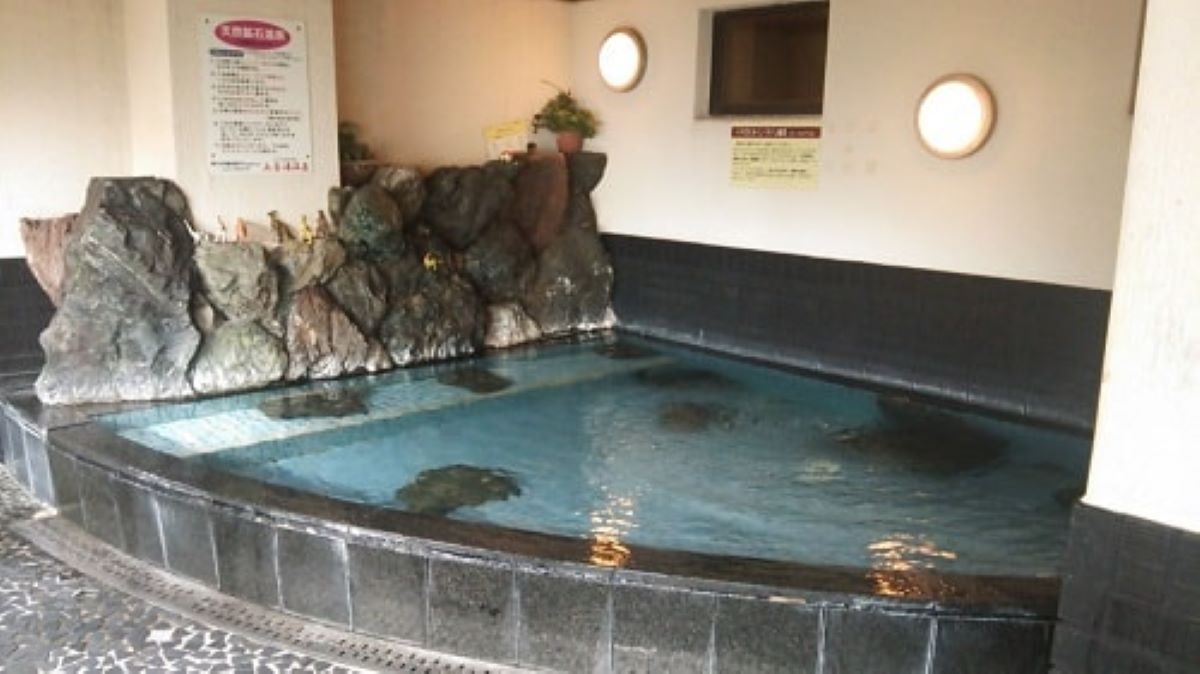
Gokoyu (五香湯) is a sento that lives up to its name, which could be translated as “Water of Five Fragrances,” offering a sensory experience unlike any other. Located in Shimogyo, this bathhouse features a remarkable variety of baths to suit every mood and preference. The options include an open-air bath, a cold-water bath, and a unique hot-stone spa made with Badgastein ore, celebrated for its healing properties.
The sento also boasts two sauna types: a high-steam bath for intense relaxation and a far-infrared sauna known for its detoxifying effects. Visitors can cap off their visit with a snack or draft beer at the cozy lobby bar, making Gokoyu as much a social space as it is a place for relaxation. Its tourist-friendly design and thoughtful facilities ensure that everyone, from seasoned bath-goers to first-timers, feels at home while soaking up Kyoto’s bathhouse culture.
Map
Official Website
10. Rakuyoyu

Rakuyoyu (洛陽湯) combines the simplicity of a traditional Kyoto sento with a flair for community-centered charm. This small yet inviting bathhouse is tucked away from the city’s busy streets, offering a peaceful escape for those looking to unwind. The warm atmosphere is matched by thoughtfully maintained facilities, making it a favorite among locals who cherish its nostalgic ambiance.
Inside, Rakuyoyu features clean, relaxing baths filled with naturally soft water that soothes tired muscles. While it doesn’t boast elaborate designs or cutting-edge features, its authenticity and welcoming vibe more than make up for it. The sento caters to the needs of regular bath-goers while retaining a distinctly local touch, creating an environment where visitors can feel part of the neighborhood. For anyone seeking a no-frills yet deeply satisfying experience, Rakuyoyu offers an understated yet essential piece of Kyoto’s bathhouse culture.
Map
Official Website
https://rakuyoyu.hp.peraichi.com/
For more information about local attractions and traveling in Japan, check these articles below, too!
▽Related Articles▽
▼Editor’s Picks▼
Written by
Photographer, journalist, and avid urban cyclist, making sense of Japan since 2017. I was born in Caracas and lived for 14 years in Barcelona before moving to Tokyo. Currently working towards my goal of visiting every prefecture in Japan, I hope to share with readers the everlasting joy of discovery and the neverending urge to keep exploring.





